On April 5, Bau Don Durian Club (Go Dau District, Tay Ninh) organized the third meeting on food safety for durian products to discuss solutions for sustainable durian cultivation to meet technical barriers from China.
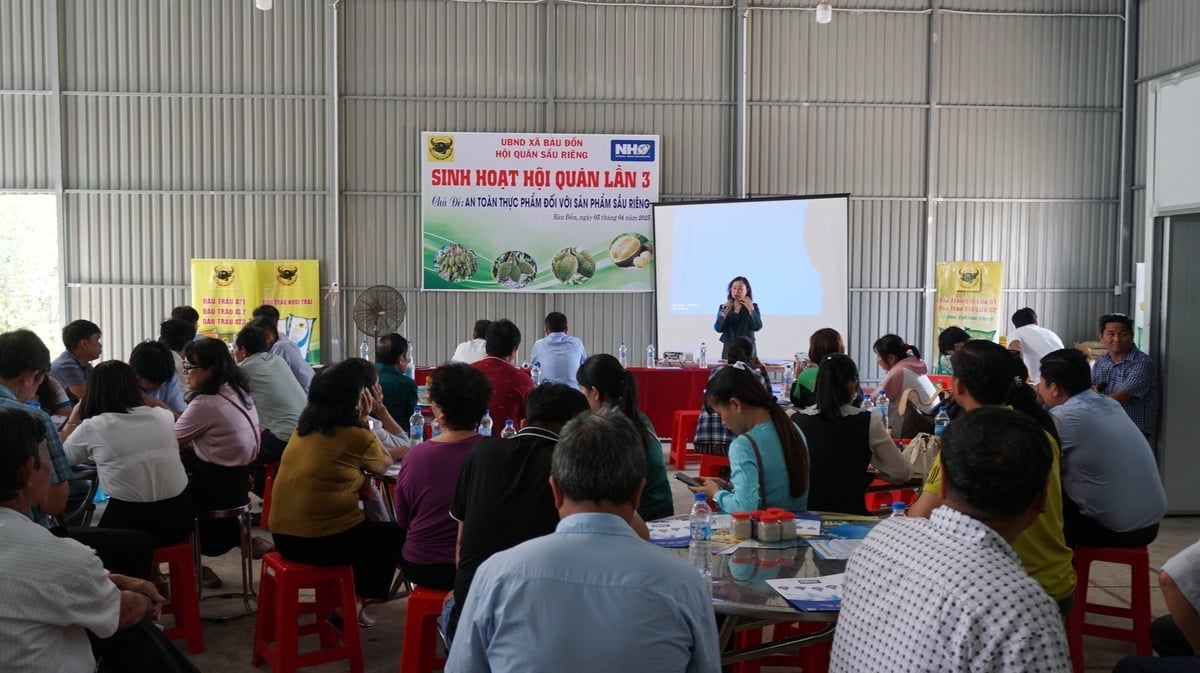
Bau Don durian club held its 3rd meeting. Photo: Tran Trung.
In recent years, the area and quality of durian in Tay Ninh province have continuously increased. Currently, the province has more than 3,200 hectares of durian, of which Bau Don commune alone accounts for more than 1,000 hectares.
Bau Don Durian Club currently has 30 members, is a voluntary professional organization that gathers farmers working in the field of planting, caring for and trading durian, under the People's Committee of Bau Don commune. This is a place to connect farmers with sources of scientific and technical information, policies and local socio-economic issues.
Mr. Phan Van Thoai, Chairman of the Association, said that currently, members have been producing durian according to VietGAP standards, while simultaneously applying intensive technical measures, applying information technology and advanced science and technology in production.
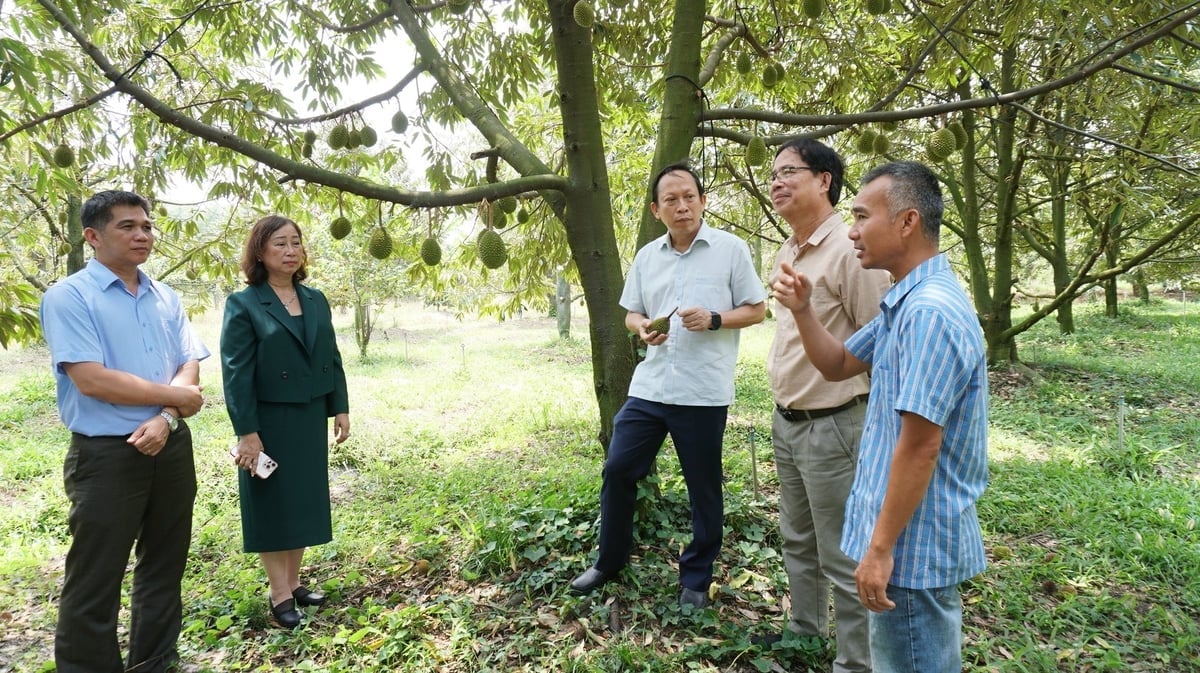
Leaders of the Department of Agriculture and Environment of Tay Ninh province visited the durian growing area code of the Association. Photo: Tran Trung.
The club has been granted 3 growing area codes, and the club's durians have been exported to China through a chain link with two enterprises, Trinity Vietnam Co., Ltd. and Chanh Thu Fruit Import-Export Co., Ltd. In addition to export, the club's durians are also widely consumed domestically.
In just over a month, the durian of the Association will enter the harvest season of 2025, this is a sensitive period, determining the results of the whole season. These days, the Association is guiding members to implement proper farming methods, strictly controlling the content of heavy metals (Cadmium).
“The association hopes that businesses in the chain will regularly support product testing; state management agencies and the agricultural sector will soon issue a list of fertilizers and pesticides that do not contain banned substances; and scientists will support standard cultivation processes so that durian can meet technical barriers from importers,” Mr. Phan Van Thoai emphasized.
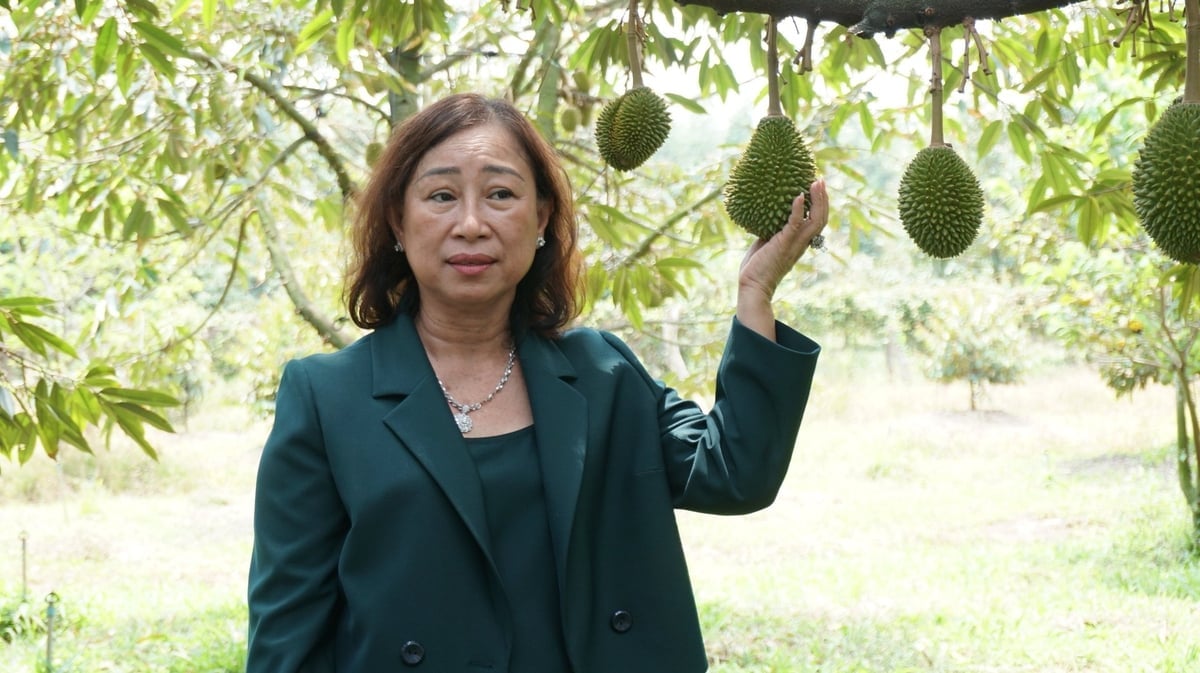
Ms. Nguyen Thi Hong Thu shares solutions to meet technical barriers from China. Photo: Tran Trung.
Ms. Nguyen Thi Hong Thu, General Director of Chanh Thu Fruit Import-Export Company, said that this year's main durian crop lasts from April to the end of October 2025, spanning from the West, East to the Central Highlands. This is a stressful period for both businesses and growers.
According to Ms. Thu, durian is a difficult plant to cultivate, and post-harvest preservation is not simple. To avoid heavy metal residues, the Company has coordinated and guided farmers to change the production process. In particular, to meet the requirements of testing for cadmium residues, the Company regularly organizes inspections from planting soil, agricultural materials to care processes at units in the chain. At the same time, it closely coordinates with Chinese partners to ensure stable output, minimizing risks for both parties.
“Only when there is synchronous coordination between the state, farmers and businesses can the chain operate effectively and sustainably, breaking down technical barriers and increasing the value of Vietnamese durian in the international market,” Ms. Thu emphasized.
Mr. Dinh Hoang Thien, General Director of NHONHO Technology Co., Ltd. - a unit operating in the field of testing, said that China is no longer an easy market. They are tightening many regulations, especially with high-value products such as durian.
According to Mr. Thien, many farmers and businesses previously used Cadmium and Yellow O without knowing that they were banned substances. Only when the goods were returned and strictly inspected did they become shocked. There were cases where even though they had stopped using the products, the samples were still contaminated due to cross-contamination of old equipment and tools, which was very dangerous.
“Currently, our company is one of the units designated to test Cadmium and O-yellow indicators. We are ready to coordinate with localities, associations, cooperatives, and durian purchasing enterprises to test samples in the garden. Our wish is to require honesty from traders, and to only purchase from gardens that have been tested to avoid risks,” Mr. Thien added.
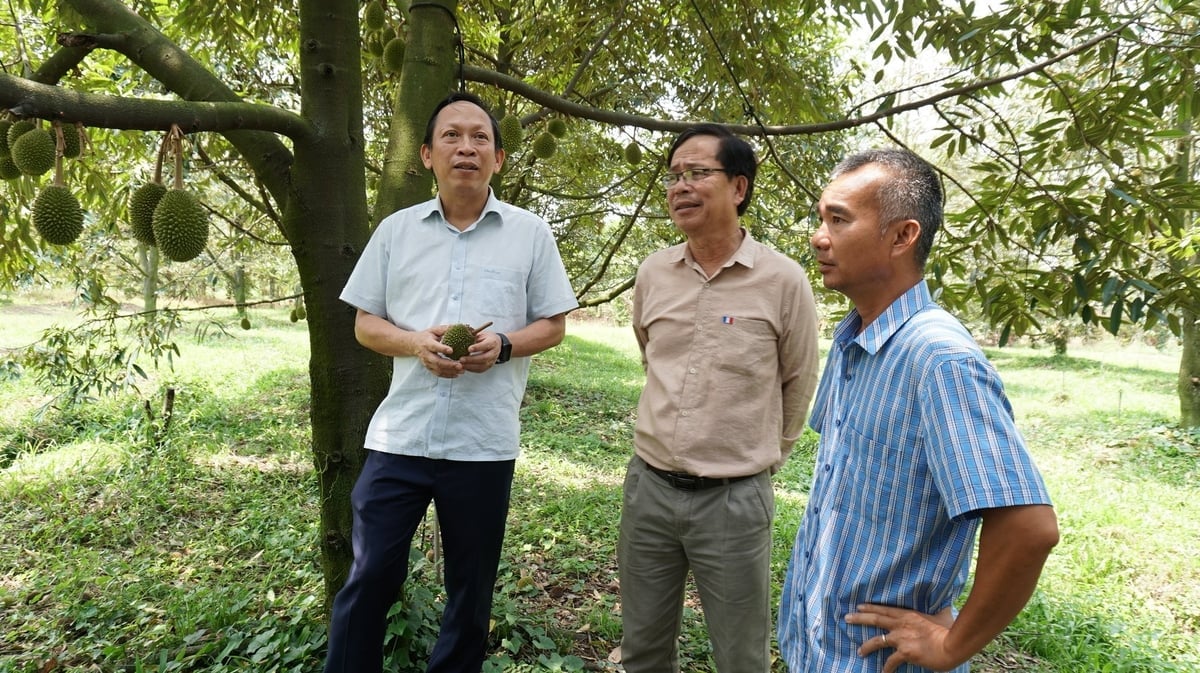
Mr. Nguyen Dinh Xuan, Director of the Department of Agriculture and Environment of Tay Ninh province (left cover) encouraged the Association. Photo: Tran Trung.
According to the Department of Agriculture and Environment of Tay Ninh province, the province currently has 3,290 hectares of durian, of which 2,107 hectares are being harvested, and the remaining 1,183 hectares are in the basic construction phase. The General Administration of Customs of China (GACC) has approved and granted 7 growing area codes and 1 packaging code to Trinity Fruit and Vegetable Processing Factory. There are currently 33 growing area codes awaiting approval.
“China currently requires all imported durian shipments to have inspection certificates for two strict criteria: Cadmium and Yellow O. If they fail, the shipment will be rejected or forced to be re-exported. Even if there is an inspection certificate from Vietnam, China can still take samples for a second inspection at the border gate.
“China is no longer an easy market. Businesses and farmers need to turn challenges into motivation and consider this a revolution to change production methods, not only the cultivation stage but also the entire process before, during and after harvest must be strictly controlled to meet technical barriers from China,” said Mr. Nguyen Dinh Xuan, Director of the Department of Agriculture and Environment of Tay Ninh province.
Source: https://nongnghiep.vn/ban-giai-phap-canh-tac-sau-rieng-dap-ung-rao-can-ky-thuat-tu-trung-quoc-d746731.html


![[Photo] Ho Chi Minh City residents stay up all night waiting to watch the parade rehearsal](https://vstatic.vietnam.vn/vietnam/resource/IMAGE/2025/4/27/0c555ae2078749f3825231e5b56b0a75)
![[Photo] Spreading passion for science and technology in educational environment](https://vstatic.vietnam.vn/vietnam/resource/IMAGE/2025/4/27/059521b98e3847368f5ff4120460a500)




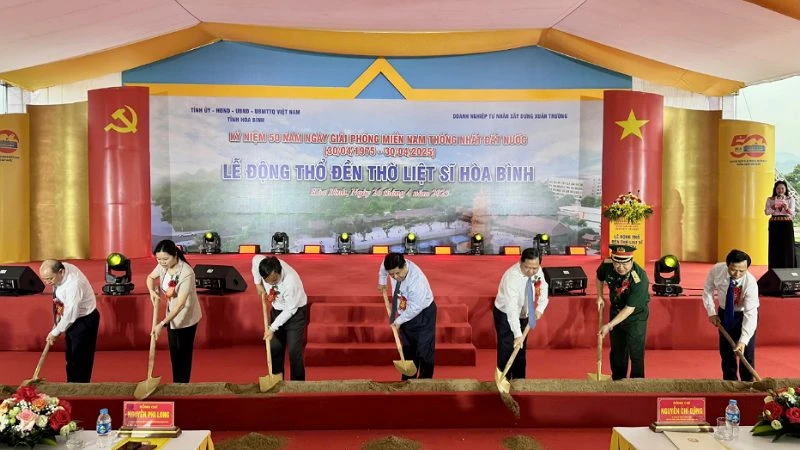

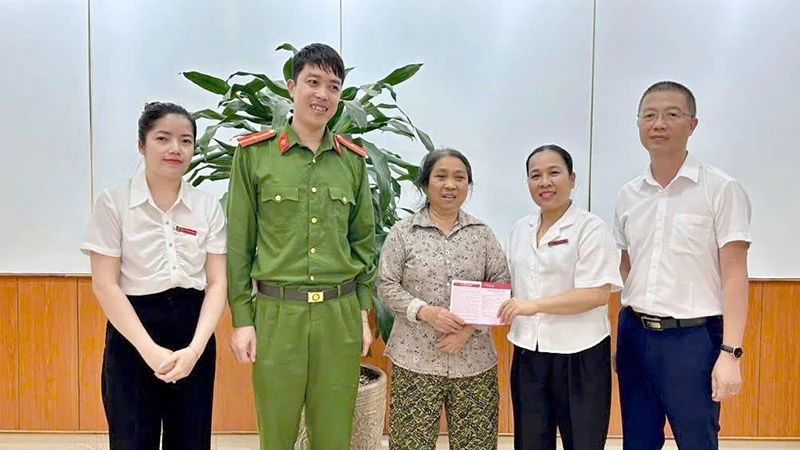

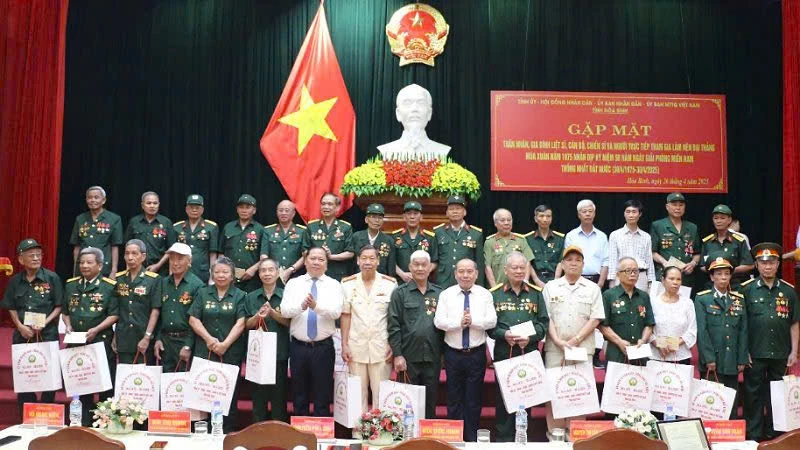

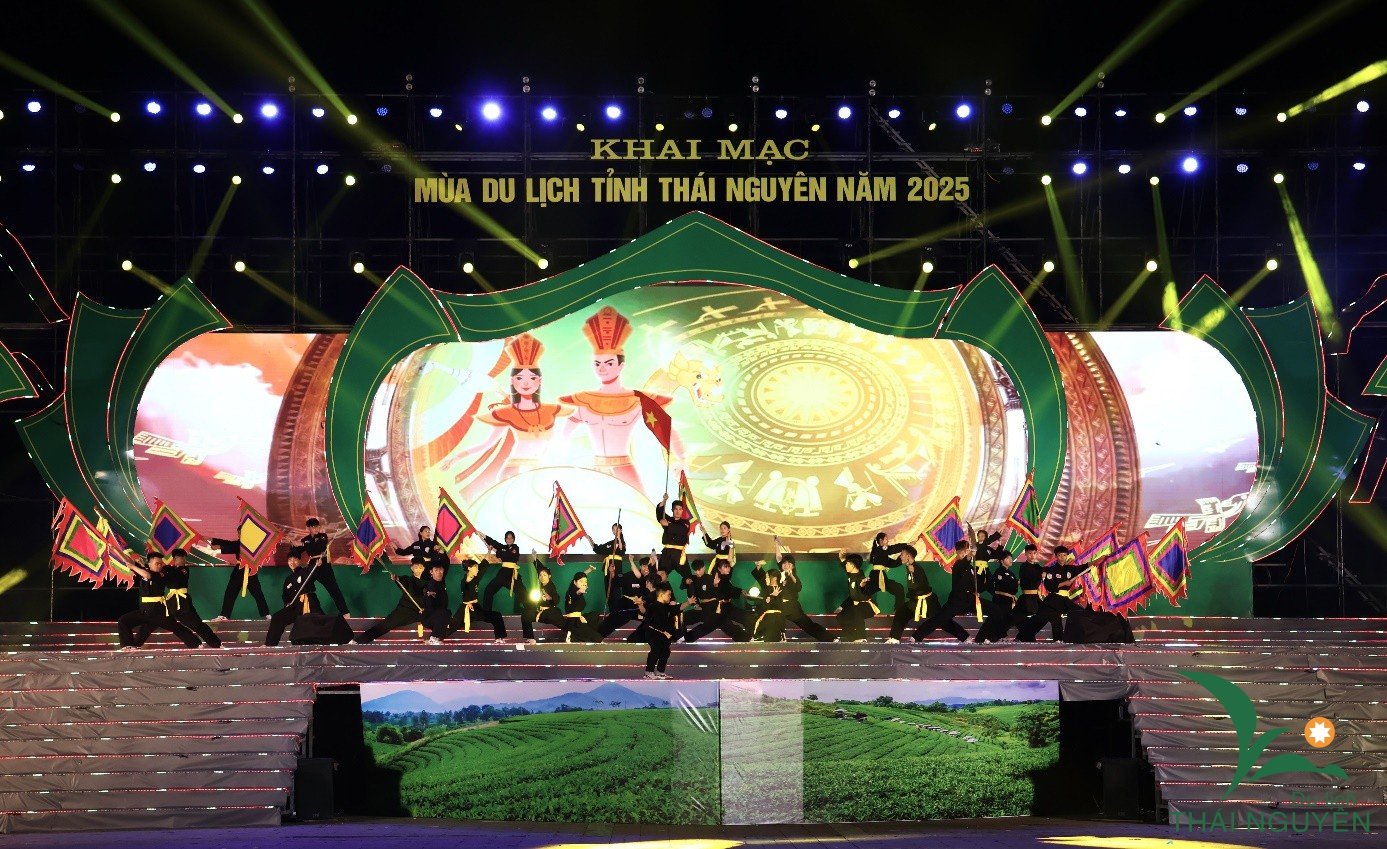

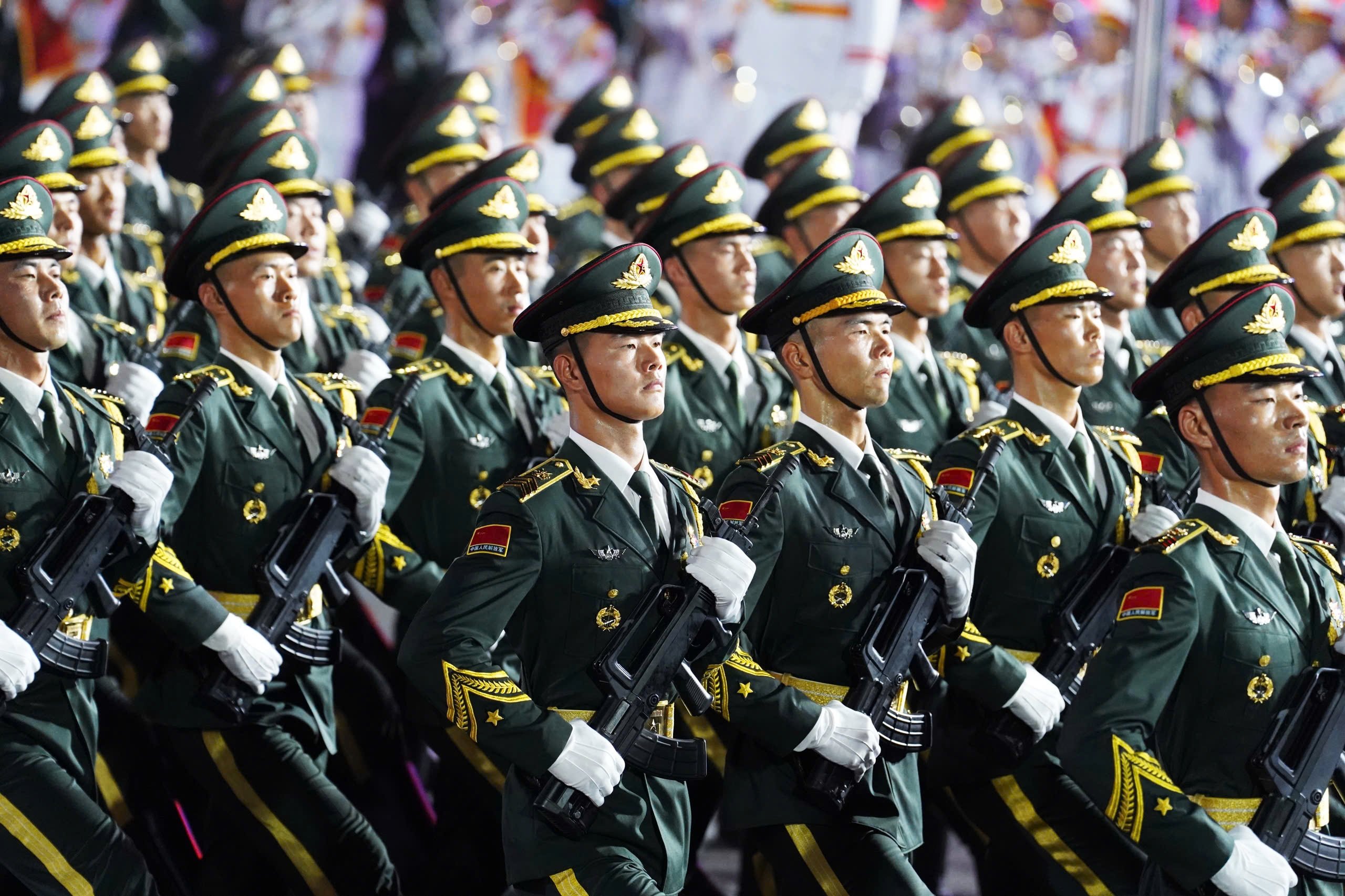
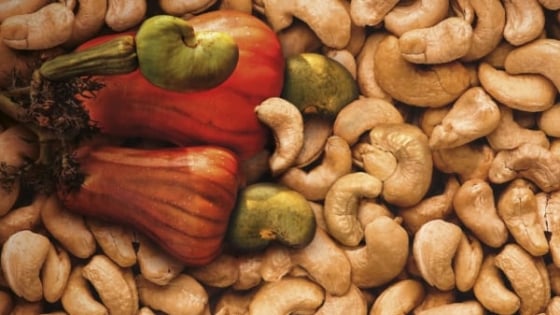

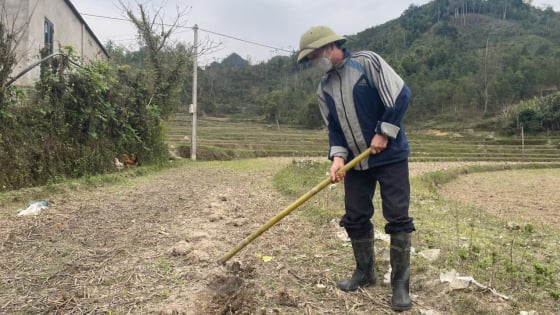
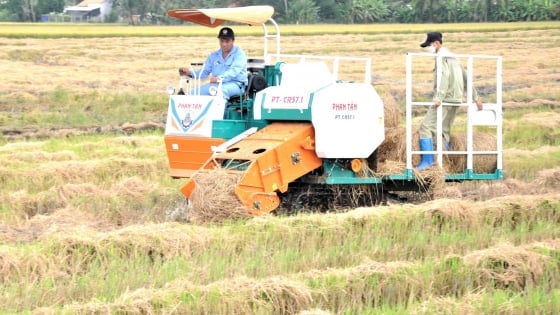
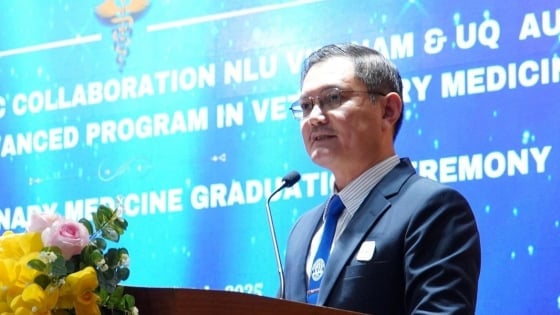
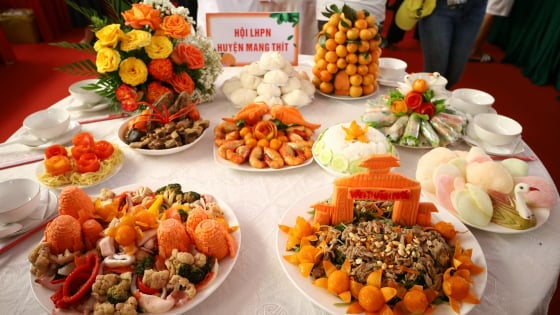
![[Photo] Young people line up to receive the special supplement commemorating the 50th anniversary of the Liberation of the South of Nhan Dan Newspaper](https://vstatic.vietnam.vn/vietnam/resource/IMAGE/2025/4/26/9e7e624ae81643eba5f3cdc232cd07a5)
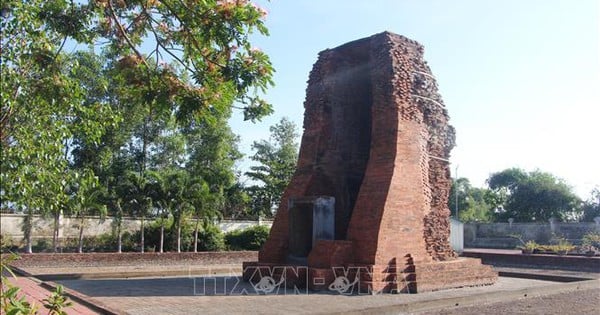

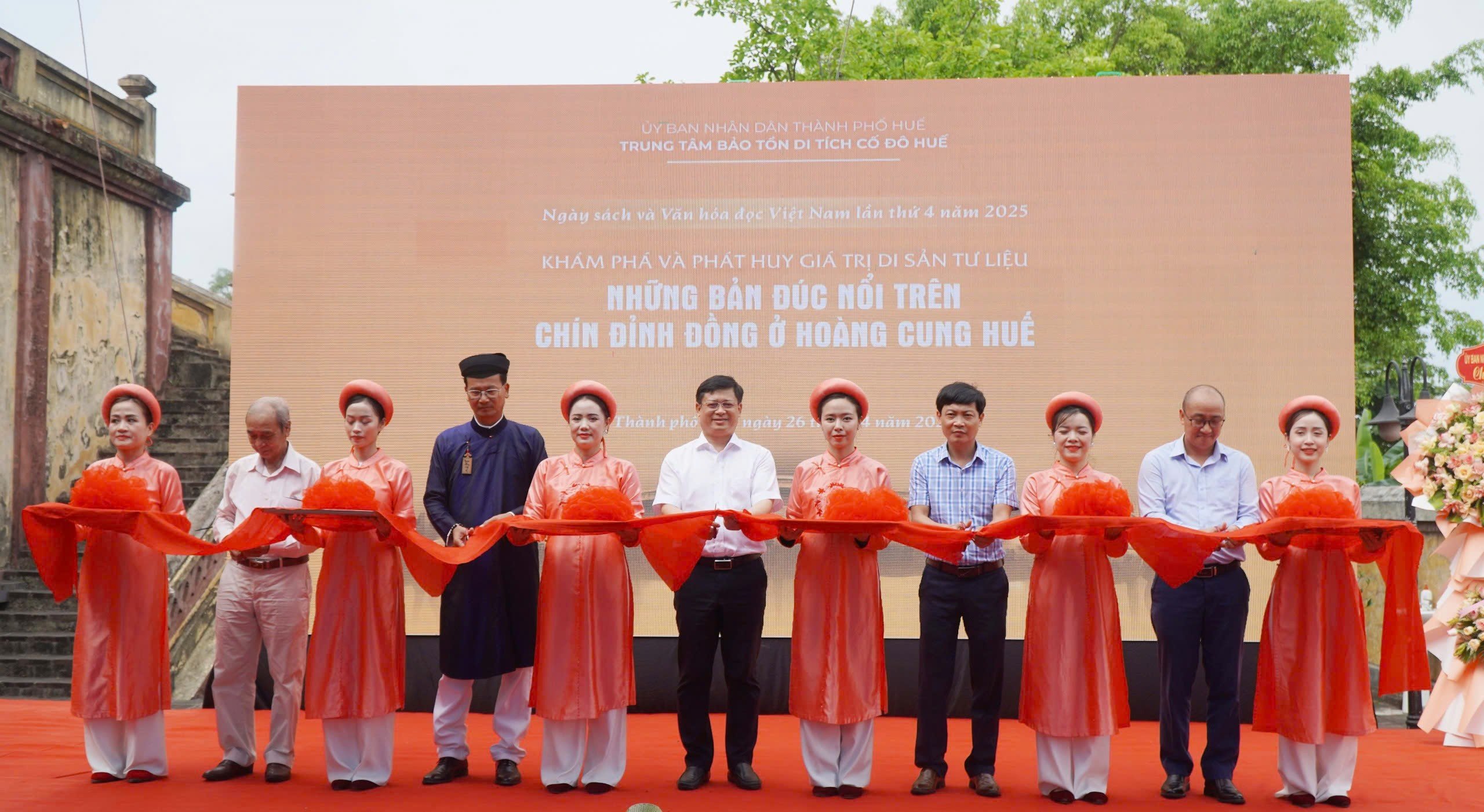

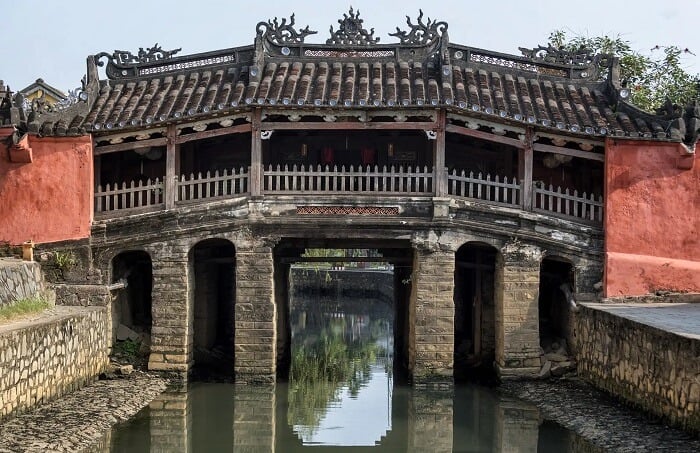

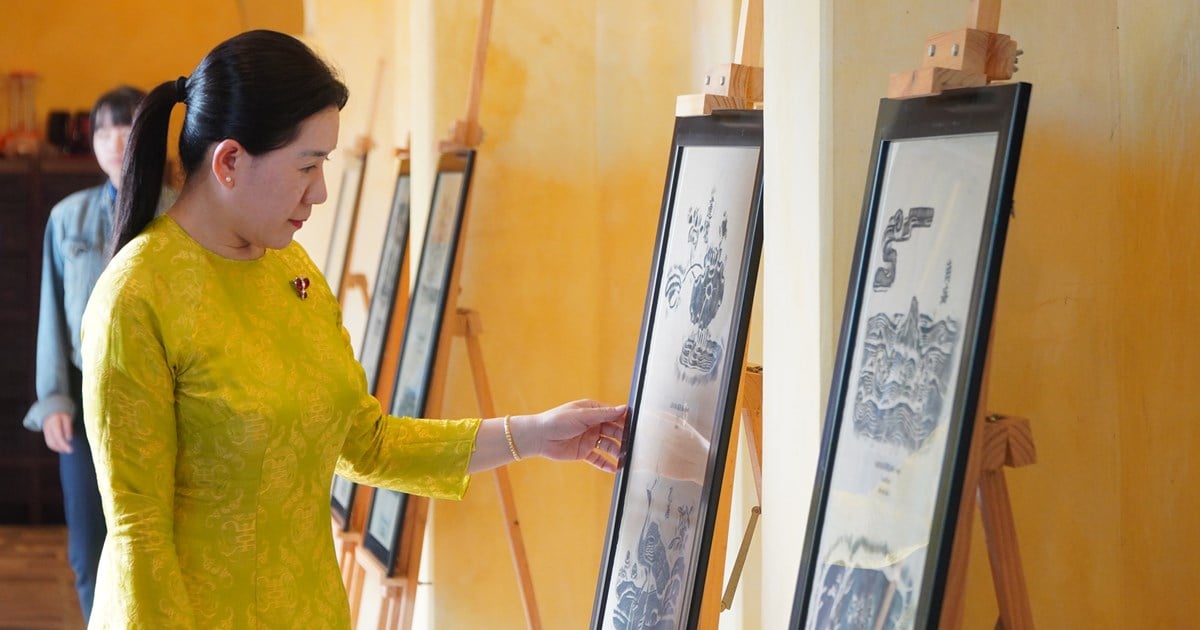

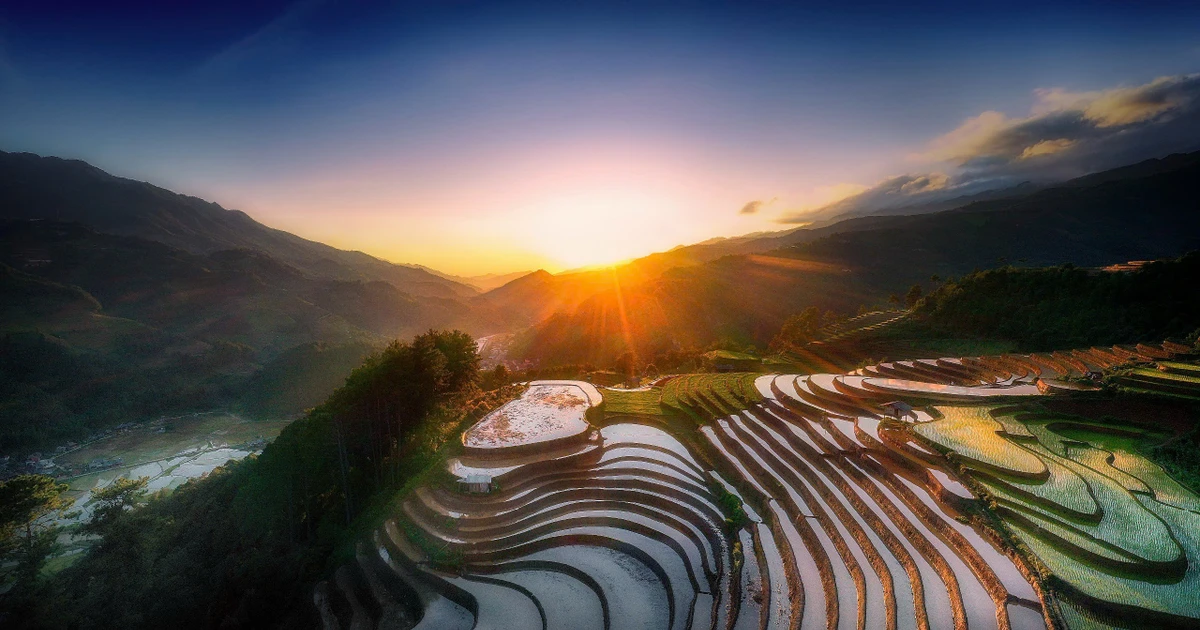
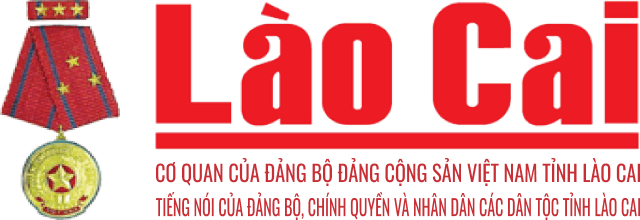






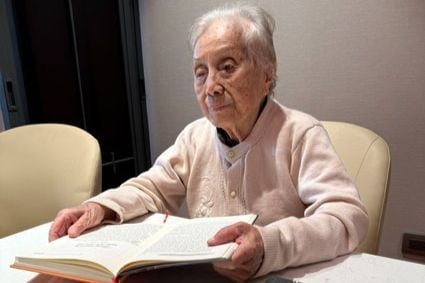



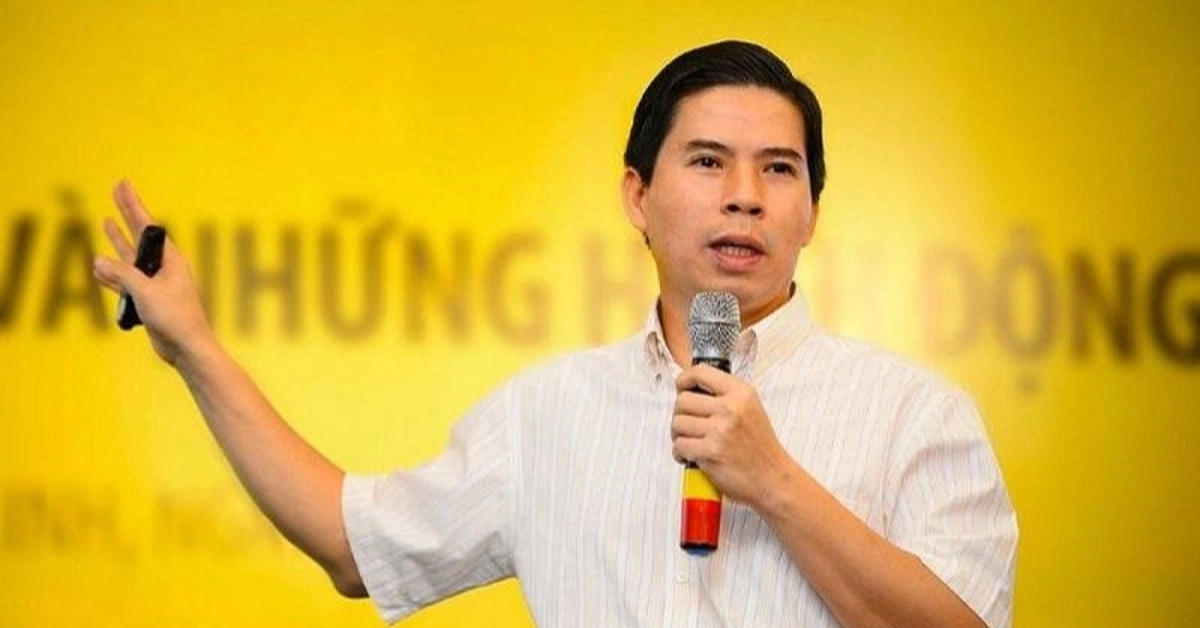

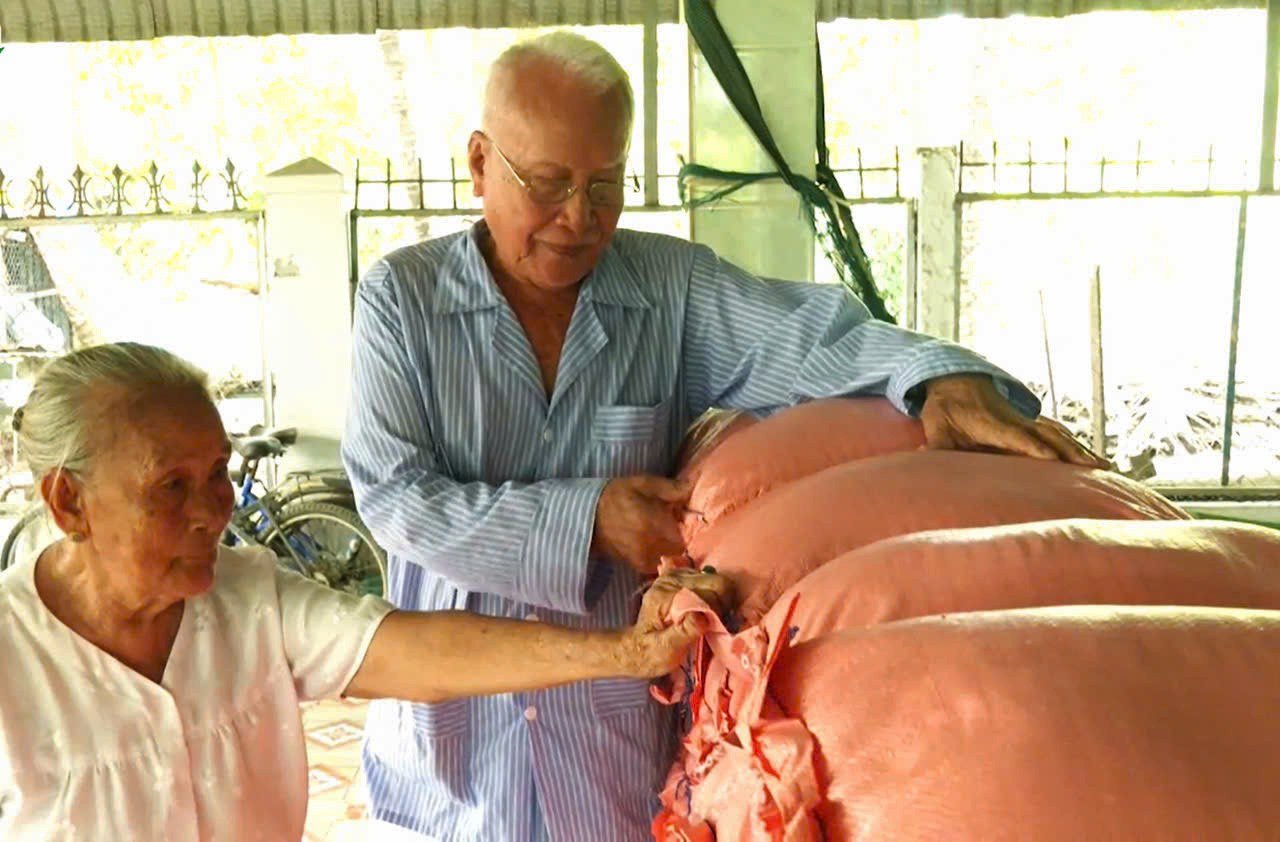
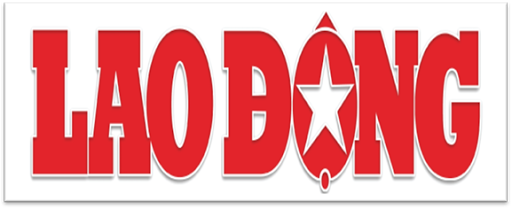

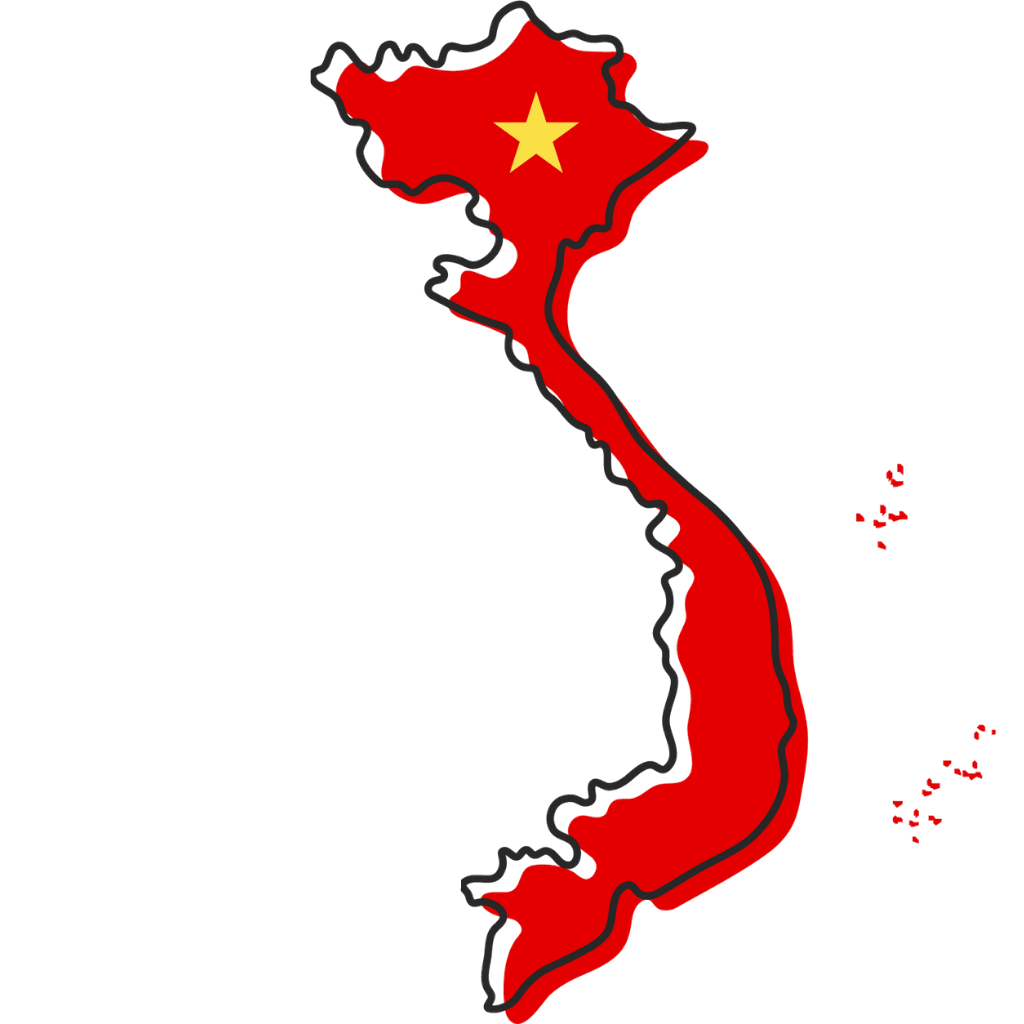
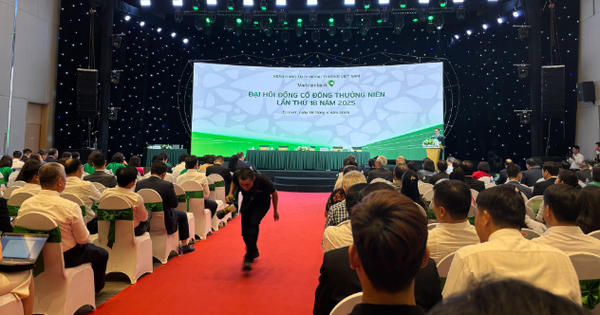




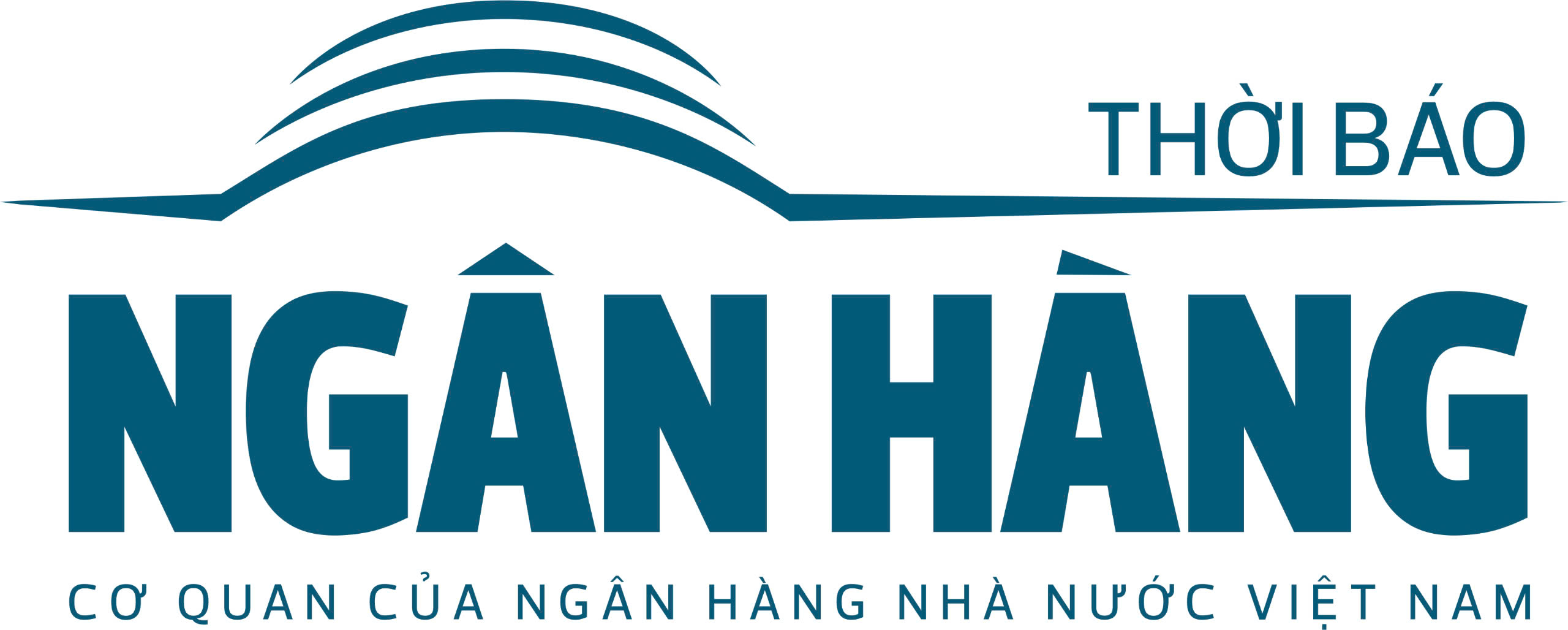
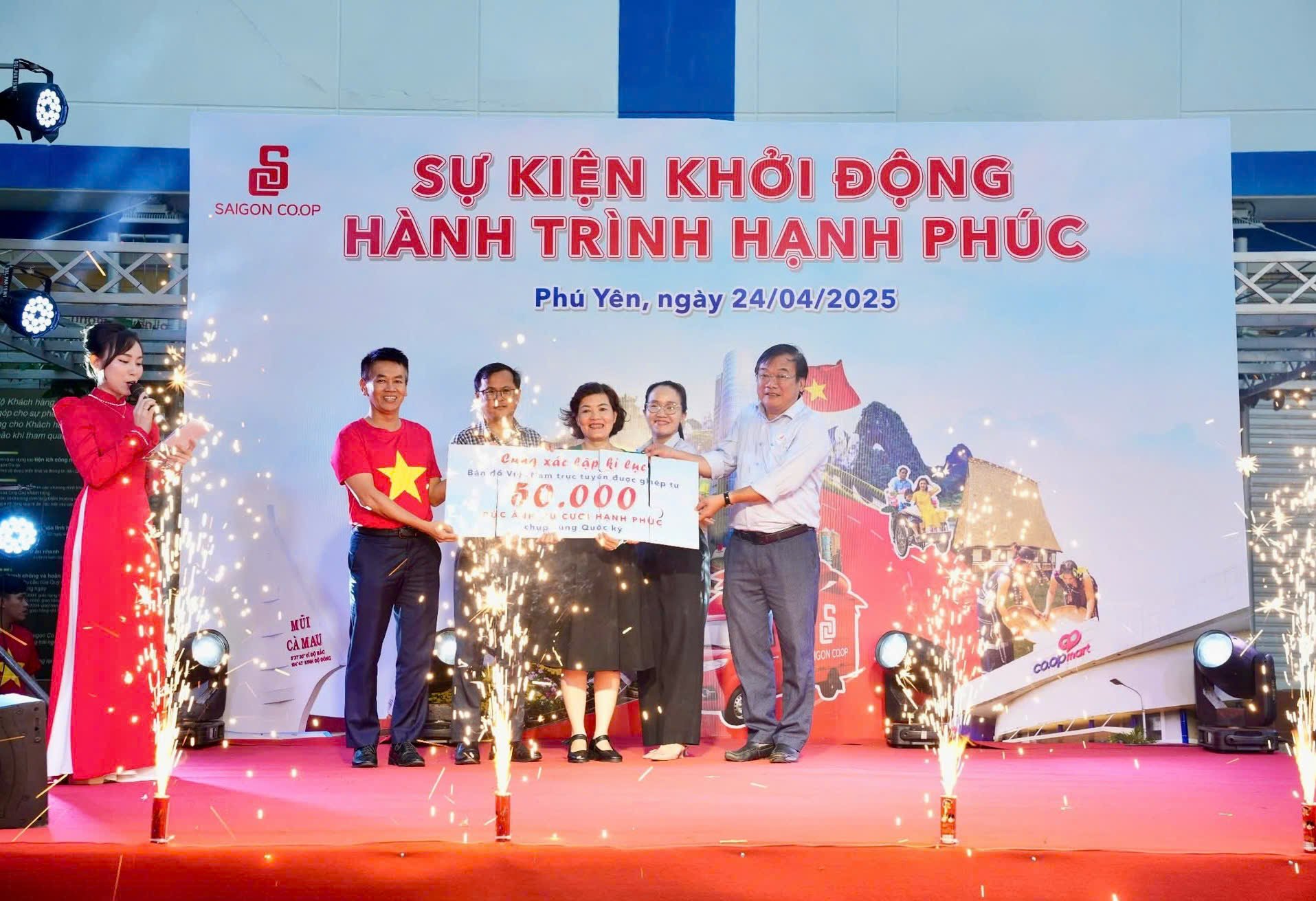





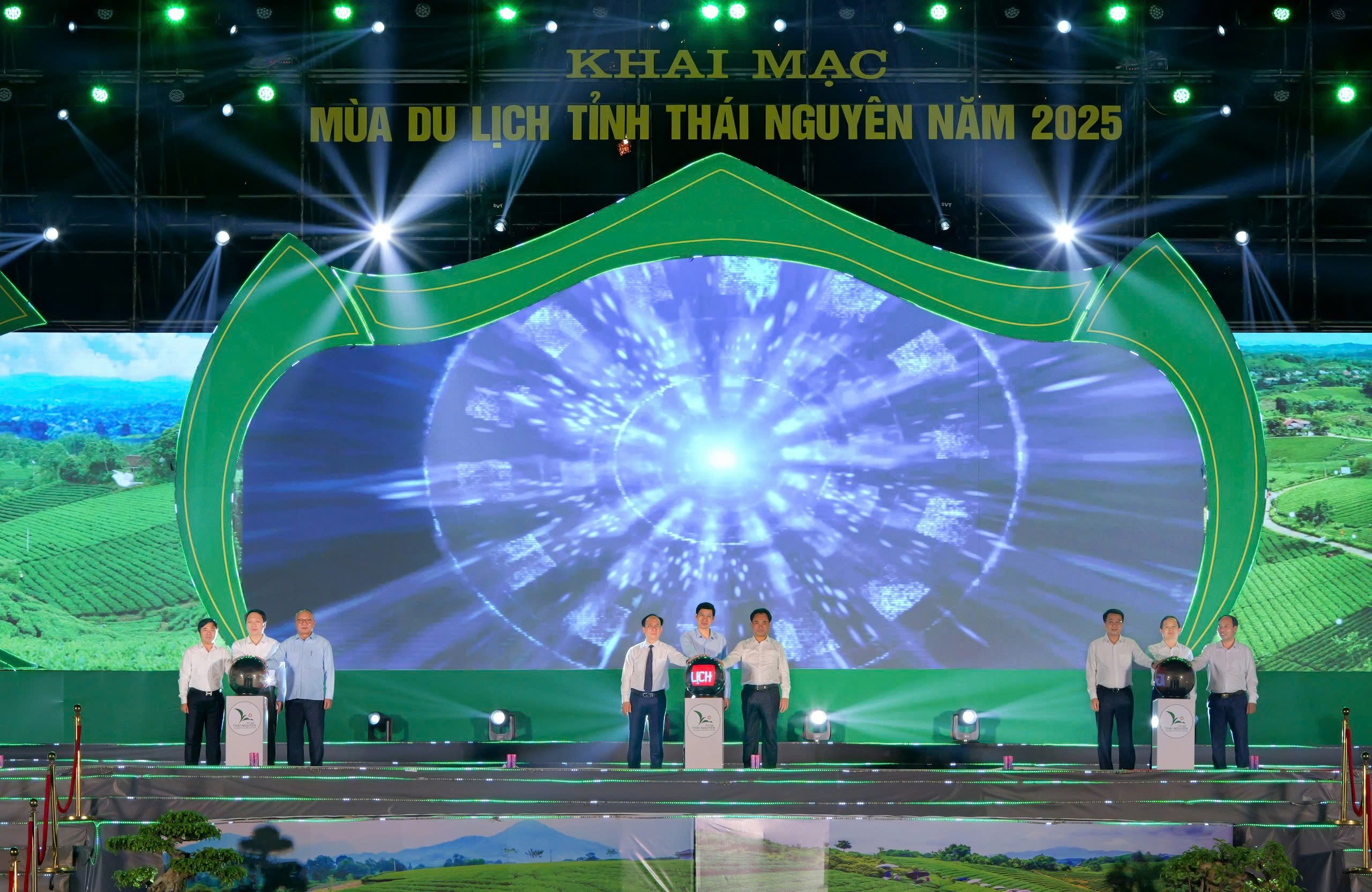


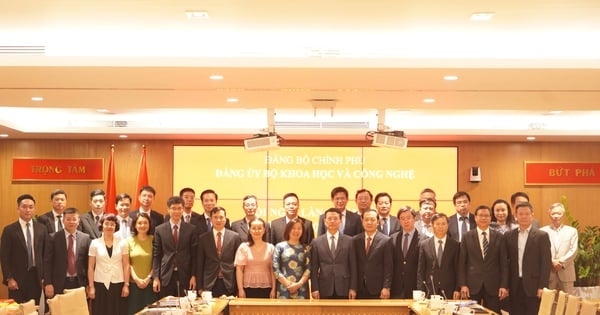





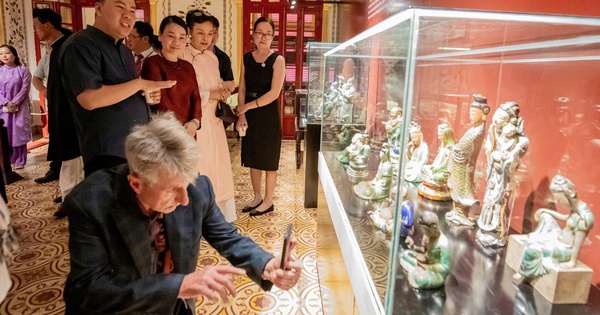
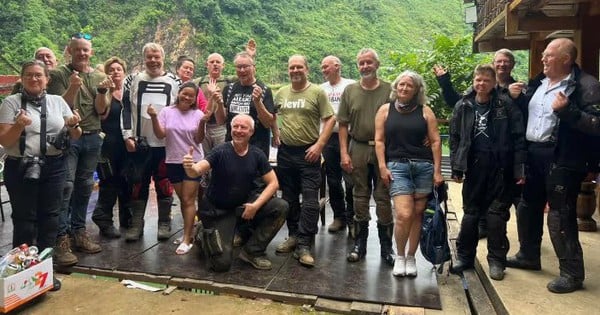

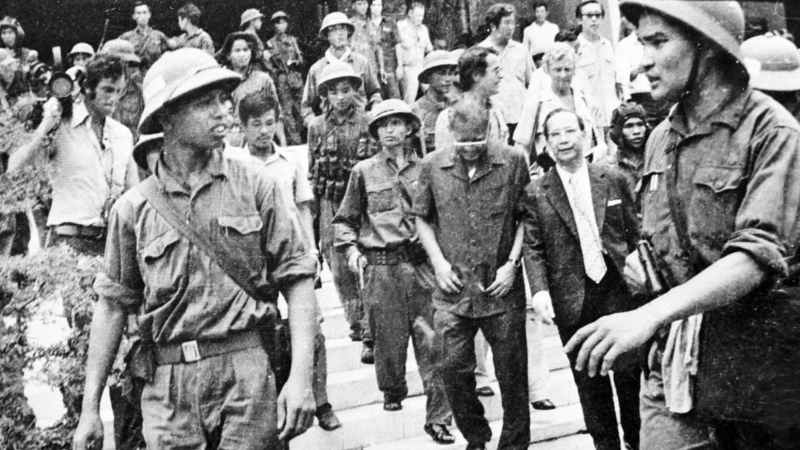
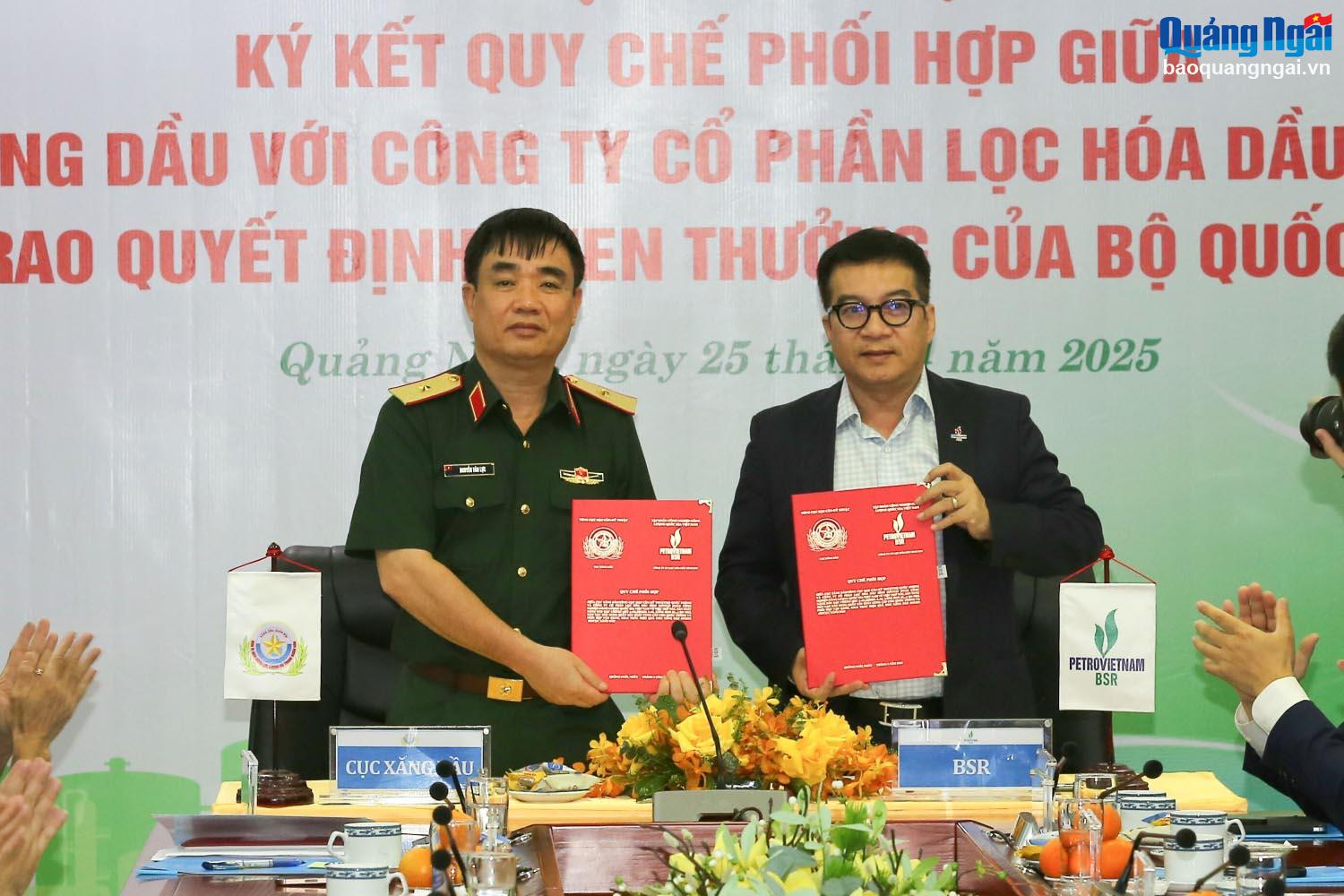

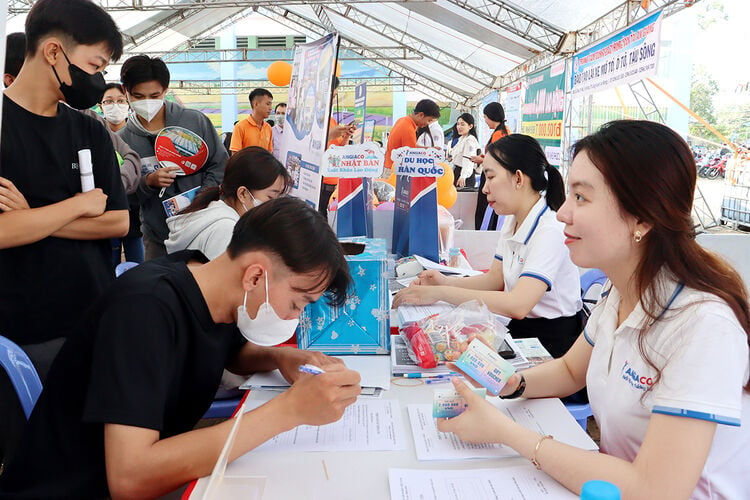
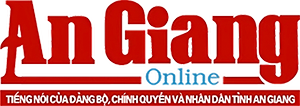
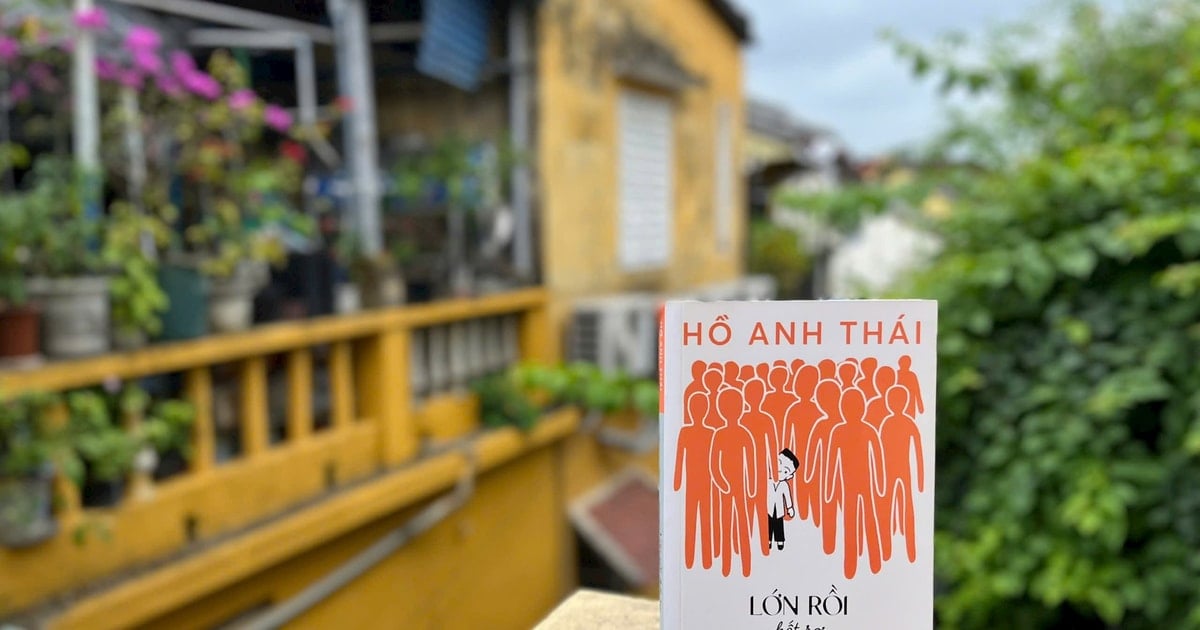

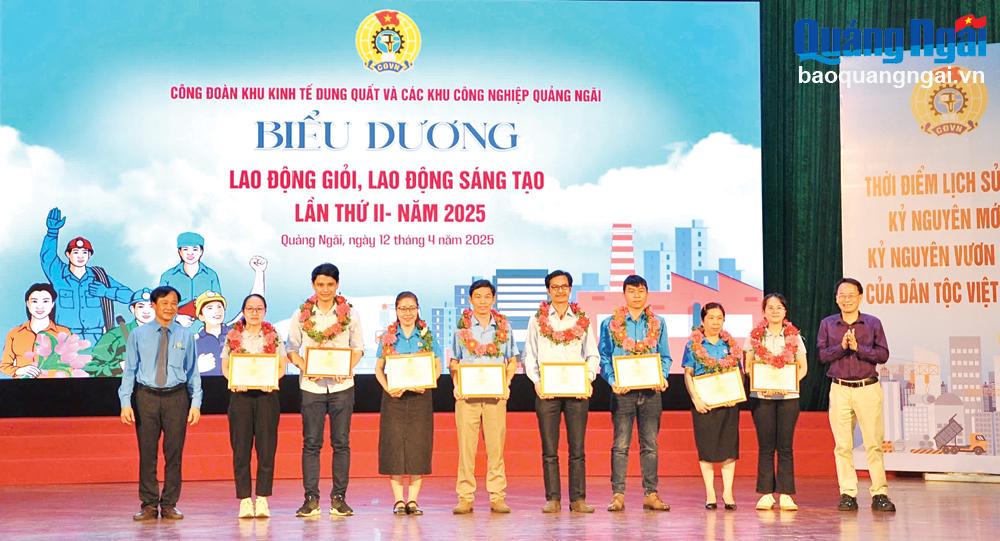

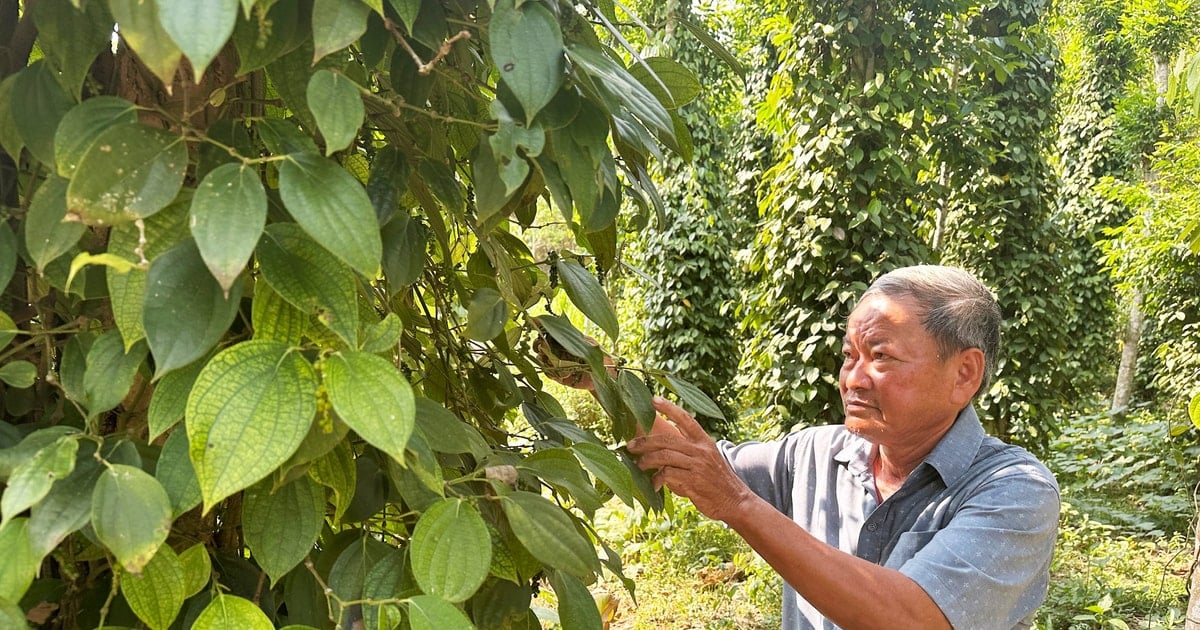
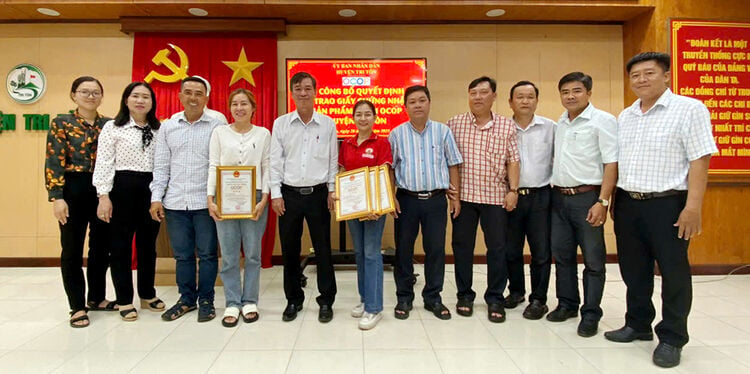
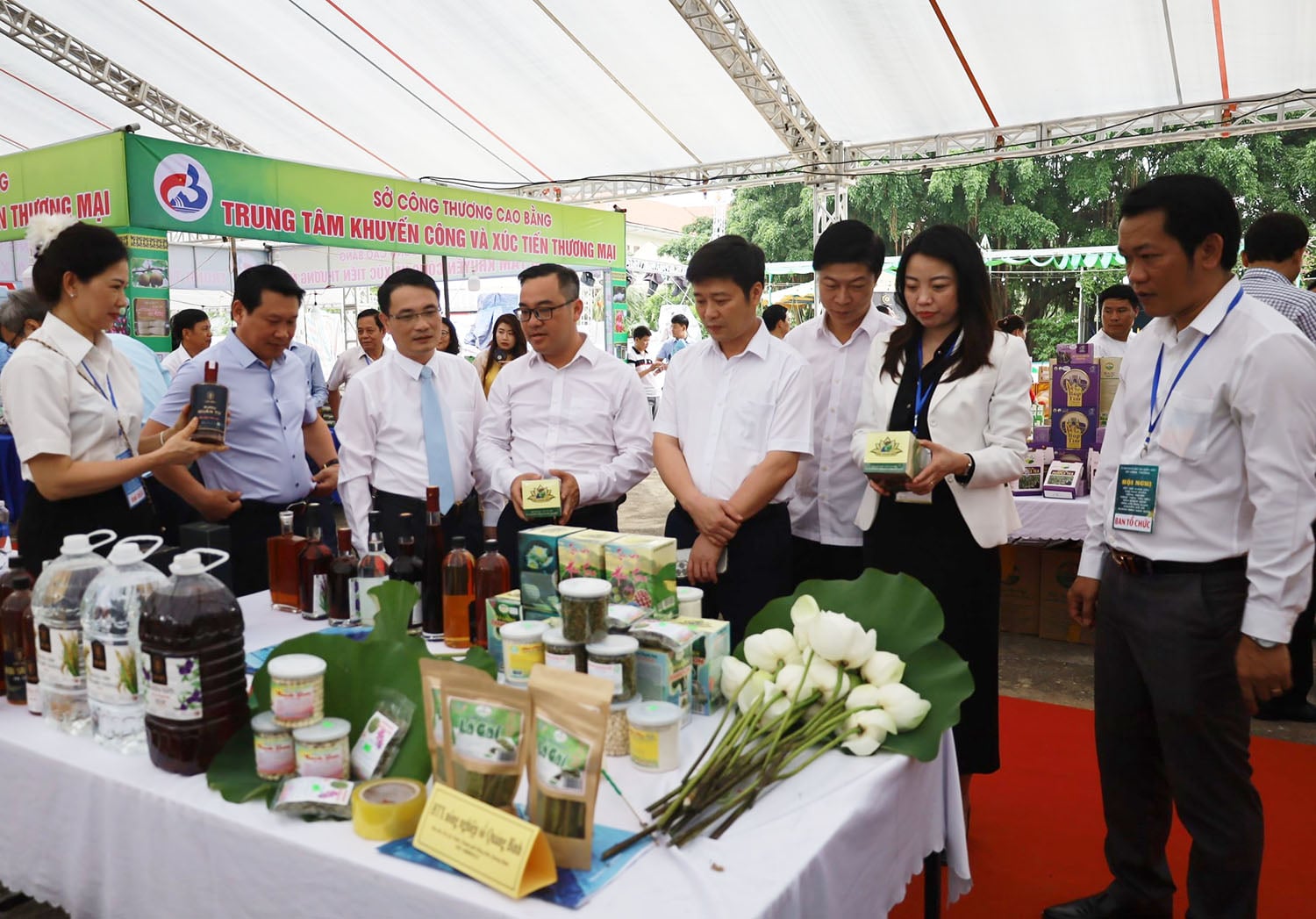

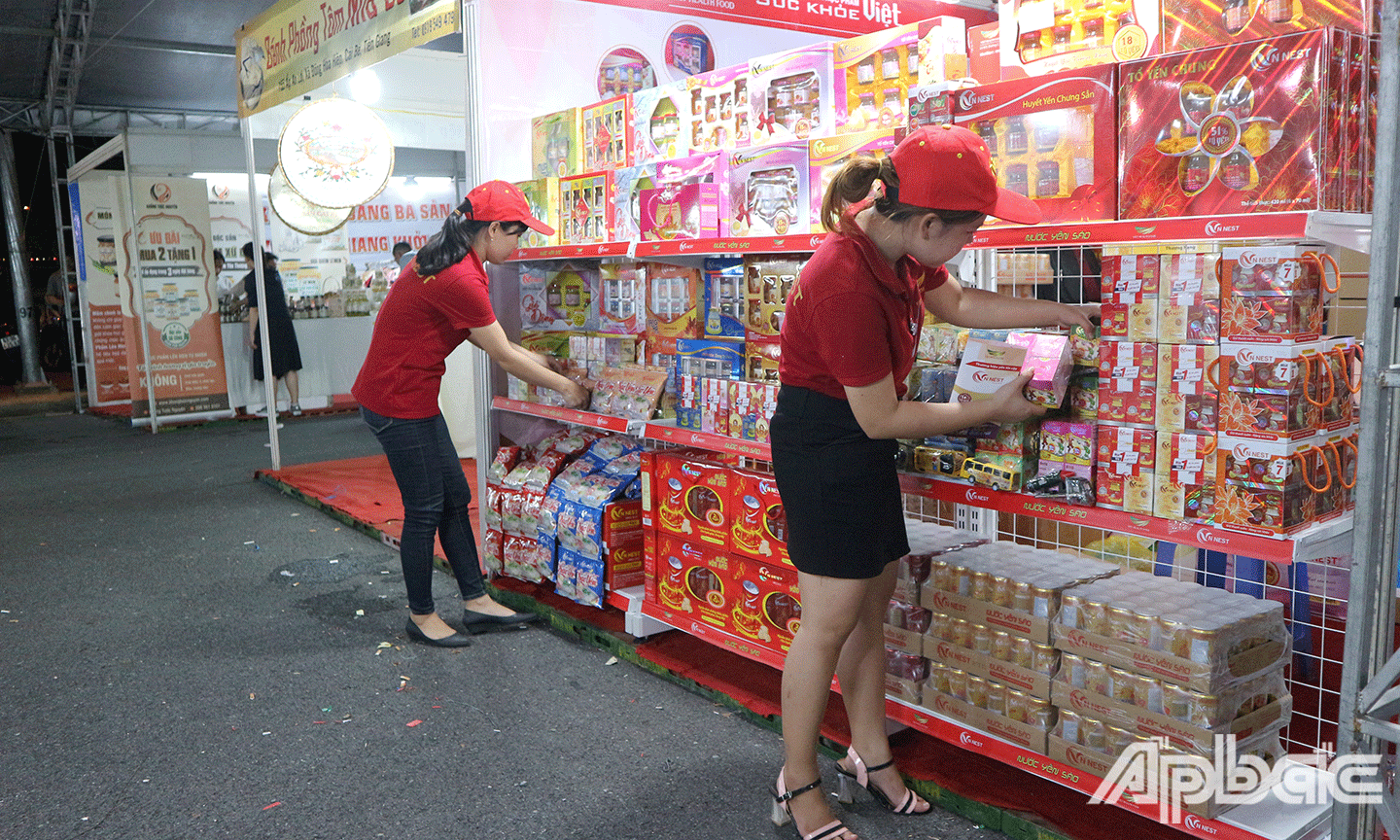
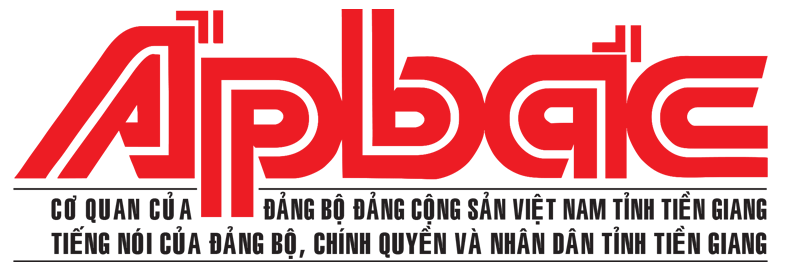
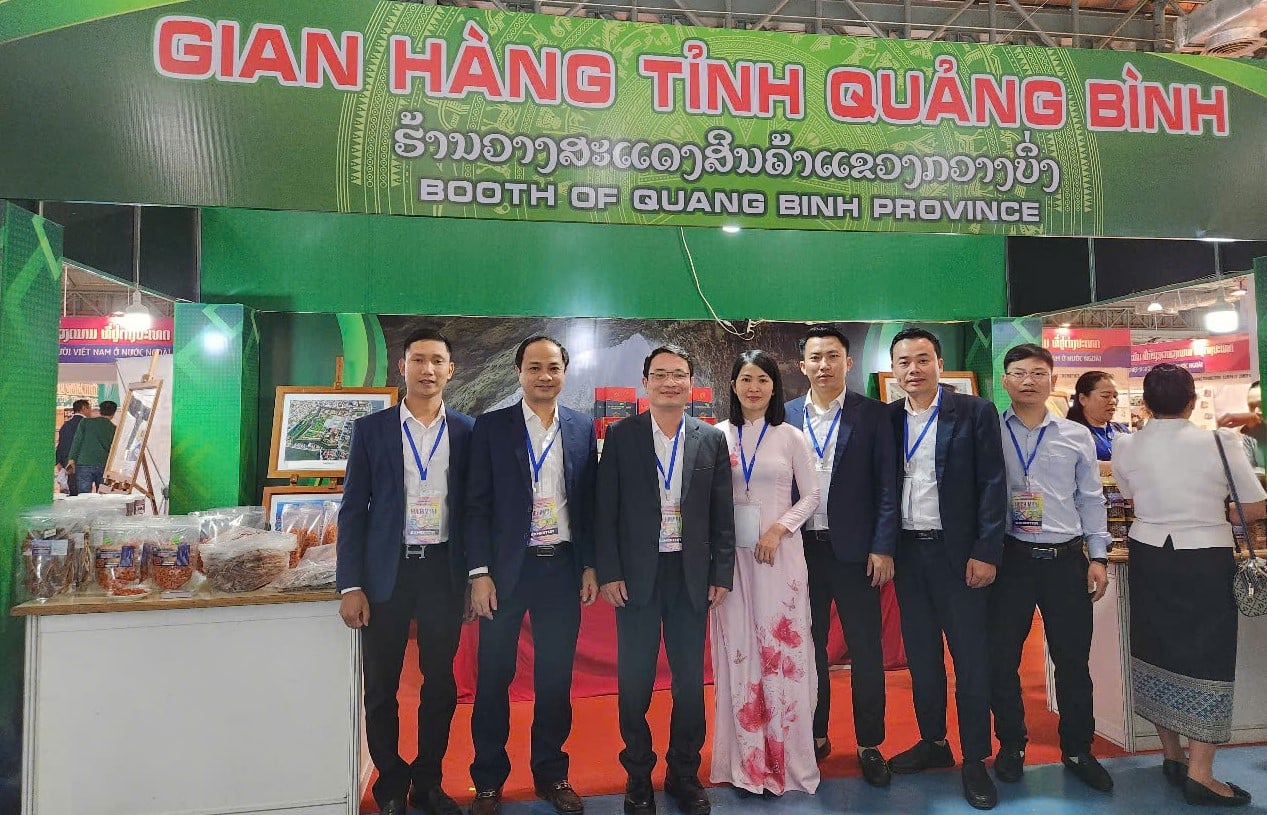
Comment (0)